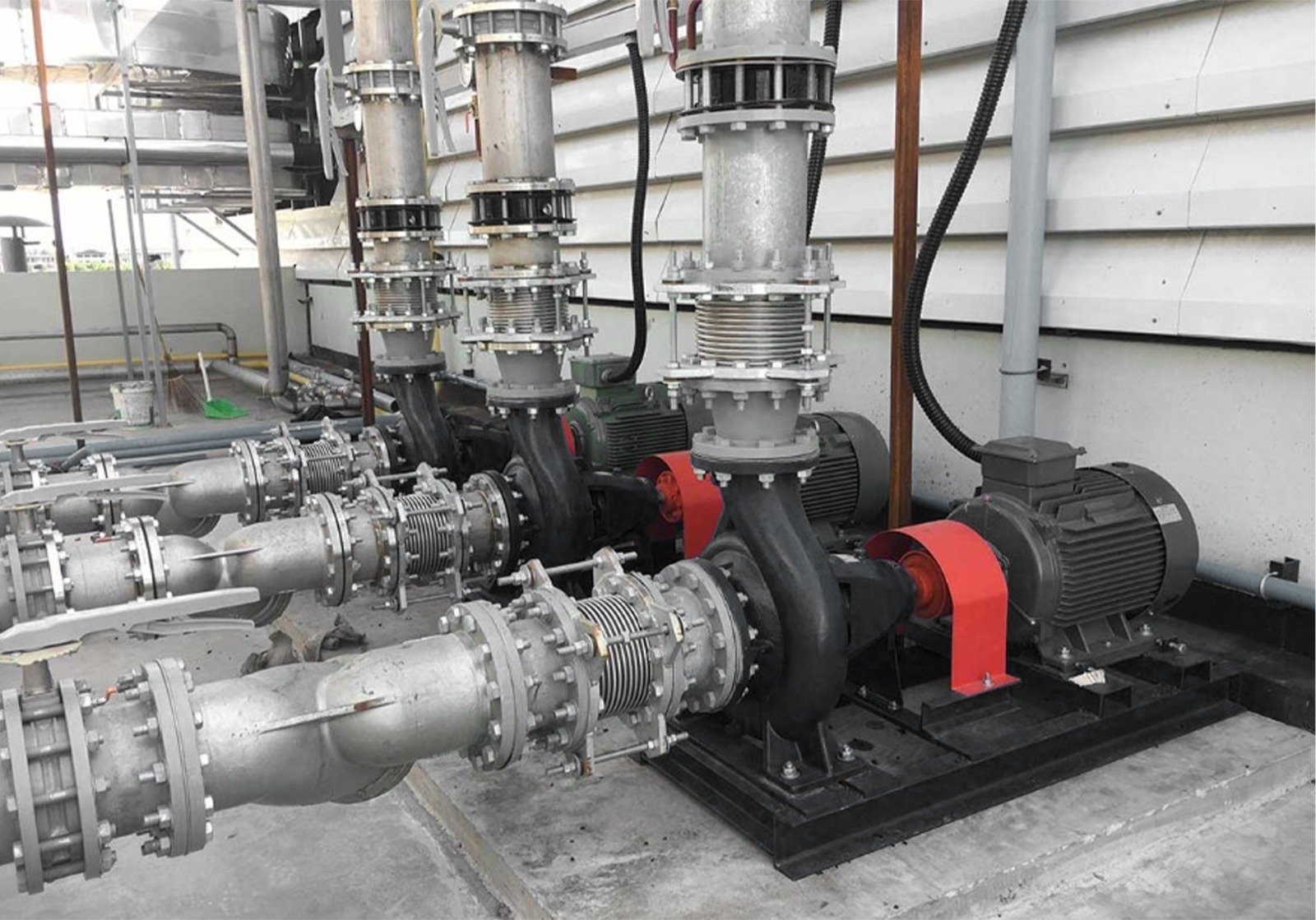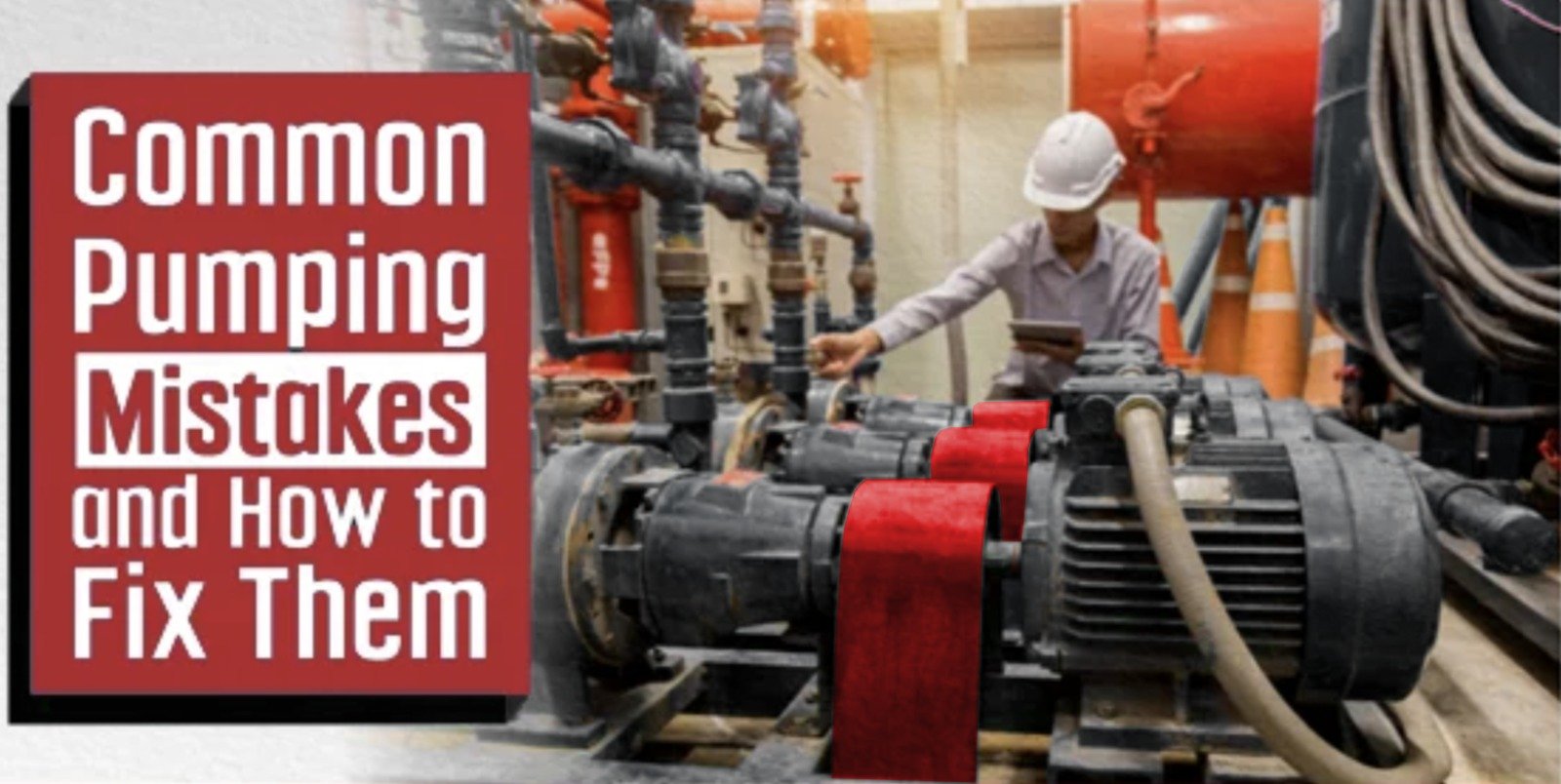Recent Developments in Pump Technology: An Applied Engineering Study

Recent Developments in Pump Technology: An Applied Engineering Study
Prepared by: Eng. Jerry Mayer
R&D; Department Manager – Niagara Pumps, Canada
Experience: Over 30 years in pump design, hydraulics, and industrial fluid systems
Abstract
Industrial pumps are fundamental to critical infrastructure in energy, water, petrochemical, and process industries. This study examines the latest technological advancements in pump engineering with a focus on energy efficiency, advanced materials, smart monitoring systems, and sustainable design trends. Using computational fluid dynamics (CFD), laboratory testing, and industrial field data from Niagara Pumps’ R&D; facilities, the research demonstrates that combining optimized hydraulic design, permanent magnet (PM) motor drives, nanoceramic coatings, and Industrial Internet of Things (IIoT)-based predictive maintenance can improve overall pump efficiency by 20–25%, extend operating life by 3–5 years, and reduce unplanned maintenance costs by 30%.
1. Introduction
Pumps account for approximately 20–25% of total industrial electricity consumption worldwide. From power plants to water distribution systems, pumps remain the backbone of fluid handling. Their operational efficiency directly impacts production reliability, energy consumption, and operating costs. Despite significant progress, pump systems still face critical challenges: 1. High energy losses due to suboptimal hydraulic design. 2. Cavitation and corrosion leading to premature failures. 3. Unplanned downtime due to lack of predictive maintenance. The objective of this research is to evaluate modern technologies that improve pump energy efficiency, analyze the role of advanced materials in extending pump life, examine the integration of smart control systems and IIoT in predictive maintenance, and explore future directions in sustainable pump engineering.
2. Literature Review
Energy Efficiency: According to the International Energy Agency (IEA, 2023), variable speed drives (VSD) reduce pump energy consumption by up to 35%. Materials: ASME (2022) reports that Super Duplex stainless steels exhibit up to 40% higher resistance against chloride-induced corrosion compared to 316 stainless steel. Smart Monitoring: A 2024 study in the ASME Journal of Fluids Engineering revealed that predictive maintenance using IoT sensors reduces unplanned failures by 40%. Sustainability: Recent work (Elsevier, 2023) emphasizes renewable-energy-driven pumping systems as key enablers for remote water and irrigation applications.
3. Methodology
The methodology integrates both computational and experimental approaches: 1. CFD Simulations: ANSYS Fluent used to analyze velocity profiles, pressure gradients, and turbulence within centrifugal pumps. 2. Laboratory Testing: Miniature prototypes tested under controlled conditions measuring flow rate (Q), head (H), and efficiency. 3. Standards Review: Comparative analysis based on ISO 5199, API 610, and HI (Hydraulic Institute) guidelines. 4. Field Data Analysis: Data collected from Niagara Pumps’ installed systems between 2023–2025.
4. Results and Analysis
The following fundamental hydraulic equations were used in the analysis: Hydraulic Power: Ph = r g Q H
Overall Efficiency: h = (Ph / Pinput) × 100 NPSH: (Patm – Pv) / (r g) + v²/2g – hf
Figure 1 – Typical Pump Q–H Curve

Figure 2 – Effect of Nanoceramic Coatings on Pump Efficiency

Table 1 – Efficiency Comparison Between Motor Types
| Motor Type | Overall Efficiency (%) | Annual Energy Use (kWh) | Mean Service Life (Years) |
| Induction Motor (IM) | 72 | 125,000 | 12 |
| Permanent Magnet Motor (PM) | 84 | 110,000 | 15 |
5. Discussion
The results confirm that integrated innovation across multiple domains is essential to significantly improve pump performance. PM motors provide direct energy savings due to reduced rotor losses. Nanoceramic coatings extend impeller life, decreasing downtime. IIoT predictive analytics reduce unplanned failures, enabling condition-based maintenance instead of reactive maintenance.
Lifecycle cost (LCC) analysis shows a 15–20% reduction in total ownership costs when advanced materials and smart controls are applied together.
6. Future Trends
- Self-Diagnosing Pumps: Embedded sensors with real-time diagnostics. 2. AI-Based Predictive Maintenance: Machine learning models predicting cavitation, seal wear, and bearing degradation.
3. Modular Pump Designs: Allowing flexible configurations, easier recycling, and faster upgrades. 4. Renewable-Powered Pumps: Integration with solar, wind, and hybrid microgrids for remote applications.
7. Conclusion
This research demonstrates that the future of pump engineering lies in synergistic integration of advanced hydraulics, smart controls, and sustainable materials. The combined benefits are: 20–25% higher efficiency, 30% reduction in maintenance costs, and 3–5 years extended service life. As industries transition toward decarbonization and digitalization, Niagara Pumps is positioned to lead in sustainable, high-performance pump solutions.
References
- Hydraulic Institute Standards (HI). 2. ISO 5199: Technical Specifications for Centrifugal Pumps.
3. API 610: Centrifugal Pumps for Petroleum, Petrochemical and Natural Gas Industries. 4. ASME Journal of Fluids Engineering, 2022–2024. 5. International Energy Agency (IEA) Report, 2023. 6. Niagara Pumps R&D; Internal Reports, 2023–2025.



